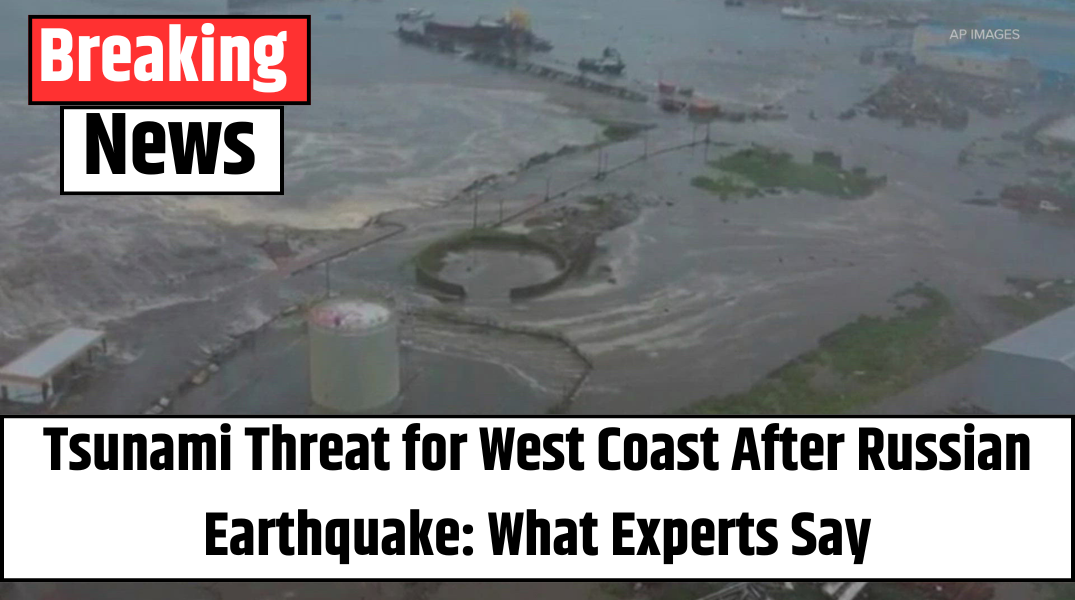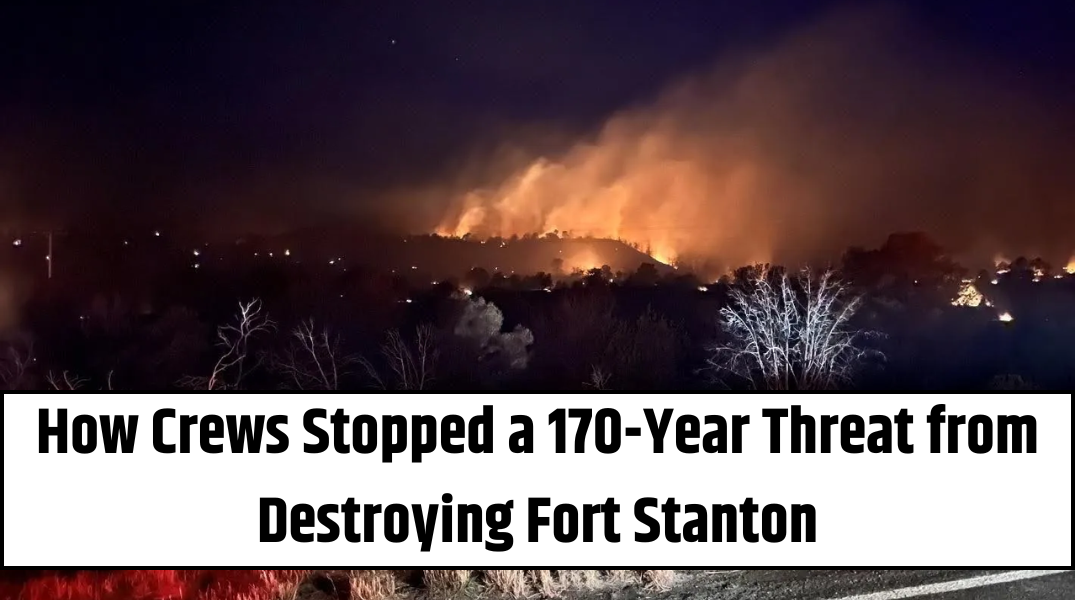On Wednesday, July 30, 2025, a massive magnitude 8.7 earthquake shook the seafloor off Russia’s far eastern Kamchatka Peninsula, triggering tsunami alerts for regions across the Pacific Ocean — including Hawaii, Alaska, and the U.S. West Coast.
Seismic Details and Epicenter
The earthquake, which struck at around 2:24 a.m. local time (Kamchatka), was centered roughly 125 km (78 miles) southeast of Petropavlovsk-Kamchatsky. Originally recorded at magnitude 8.0, the U.S. Geological Survey later revised the tremor to 8.7 following more precise measurements. The depth was measured at just 19.3 kilometers, shallow enough to generate significant tsunami energy.
Tsunami Alerts Across the Pacific
In response, the Pacific Tsunami Warning Center issued the following advisories:
-
Tsunami Warning for the state of Hawaii and Alaska’s Aleutian Islands.
-
Tsunami Watch for coastal areas from Washington to California.
Authorities in coastal communities were placed on high alert, and emergency preparedness teams began mobilizing in anticipation of possible wave impacts.
Forecasted Tsunami Arrival Times
-
Hawaii: Waves were expected by 7:17 p.m. HST, with potential for hazardous coastal flooding.
-
Alaska: Arrival predicted around 4:46 p.m. in Shemya and 5:46 p.m. in Adak.
-
U.S. Mainland West Coast:
-
Oregon/Washington: Around 11:40 p.m. PT
-
San Francisco: Approximately 12:40 a.m. PT
-
Los Angeles: Around 1:05 a.m. PT
-
Predicted Wave Heights
-
Kamchatka Peninsula: Waves potentially reaching 10–13 feet (3–4 meters).
-
Hawaii, Guam, Japan: Waves ranging from 3 to 9 feet (1–3 meters).
-
Japan: Emergency officials issued evacuation orders for parts of Hokkaido and other coastal areas. Authorities anticipated waves as high as 3 meters and began coordinating responses through national disaster networks.
Also Read – Two More Teens Reported Missing in Missouri as of July 26, 2025
Impact and Local Responses
In Kamchatka, evacuations began in towns including Severo-Kurilsk. Minor structural damage was reported, including at a local kindergarten, but no injuries were confirmed at the time.
Meanwhile, Japan activated coastal alerts and moved residents to higher ground. Tsunami sirens were heard in several prefectures, and emergency shelters were opened.
Along the U.S. West Coast, emergency agencies were monitoring developments and urging the public to stay tuned to official announcements. While no mandatory evacuations were issued, residents in tsunami-prone zones were advised to remain alert.
Why It Matters
Earthquakes of this magnitude — particularly those near tectonic subduction zones — carry serious tsunami risks. Waves can travel thousands of miles at jet-like speeds, reaching distant shores hours after the initial tremor. The Kamchatka Peninsula lies along the Pacific “Ring of Fire,” an area known for intense seismic activity.
This event serves as a powerful reminder of the importance of preparedness for coastal communities worldwide.
Stay Informed
To keep up with the latest earthquake and tsunami alerts, follow updates from the U.S. Geological Survey, Pacific Tsunami Warning Center, and your local emergency management agency.
Support Independent Journalism
If you appreciated this article, consider sharing it or supporting the writer. Your support helps sustain reporting on critical natural disasters and public safety events.
Want to share your own experiences with earthquakes or tsunamis? Leave a comment and join the conversation.





